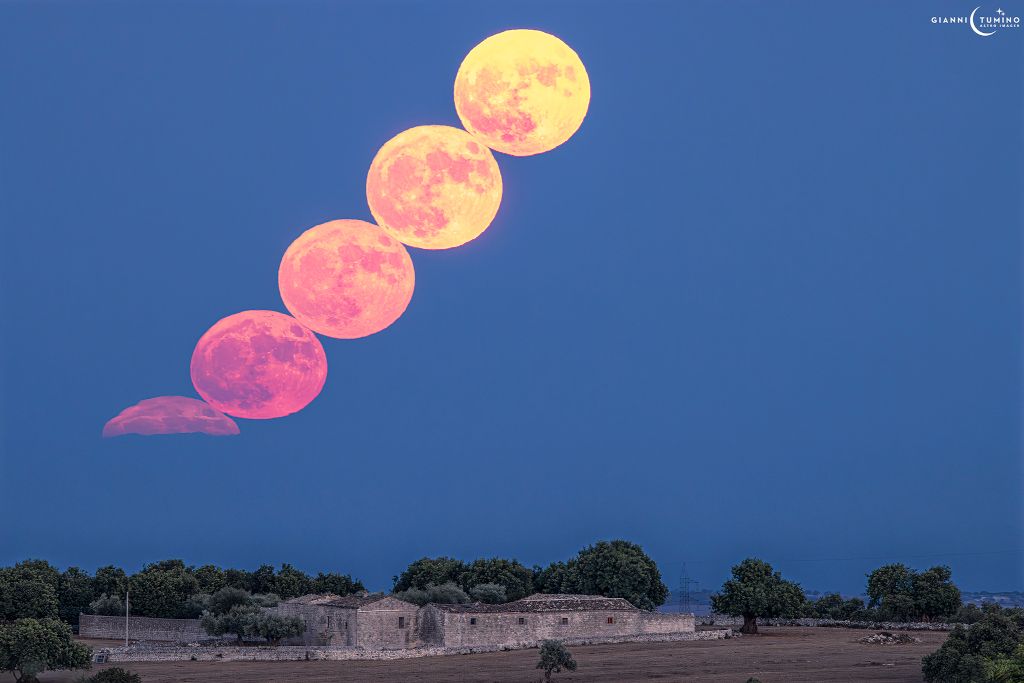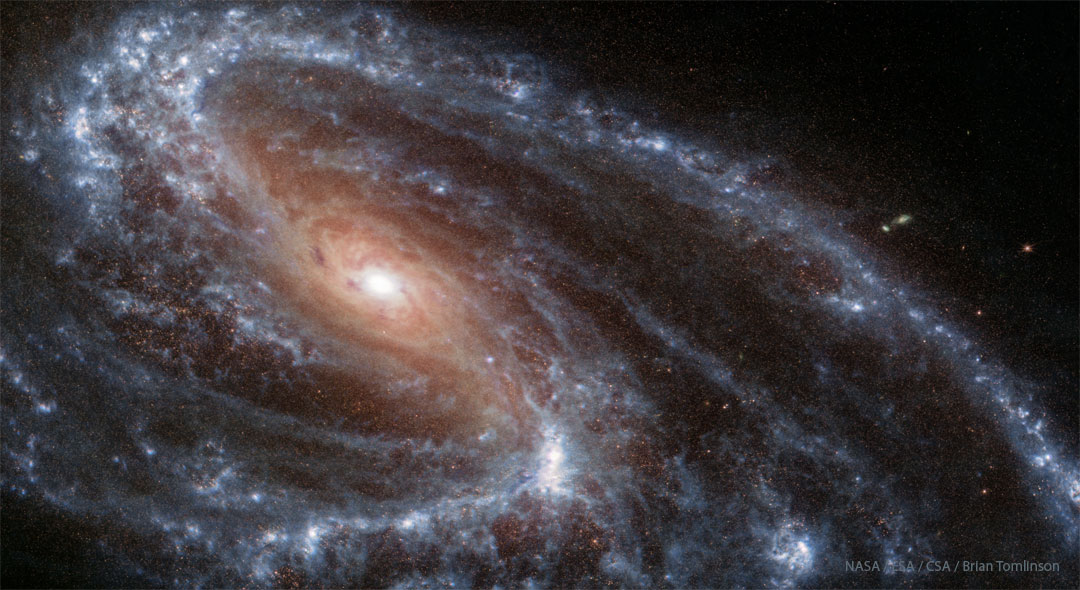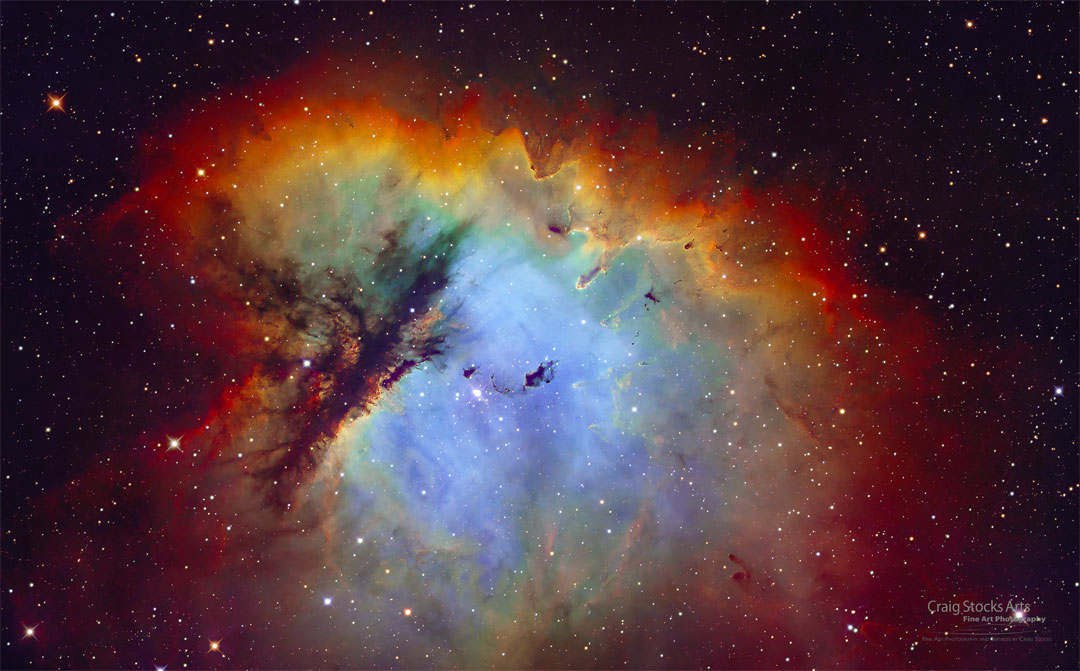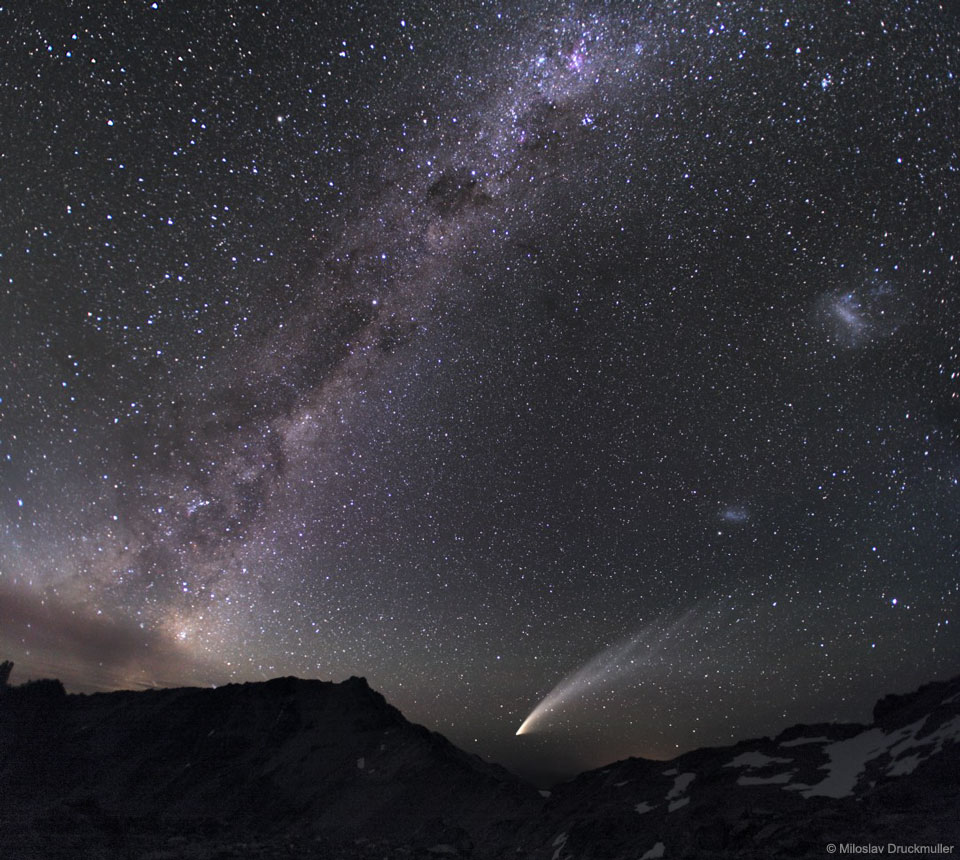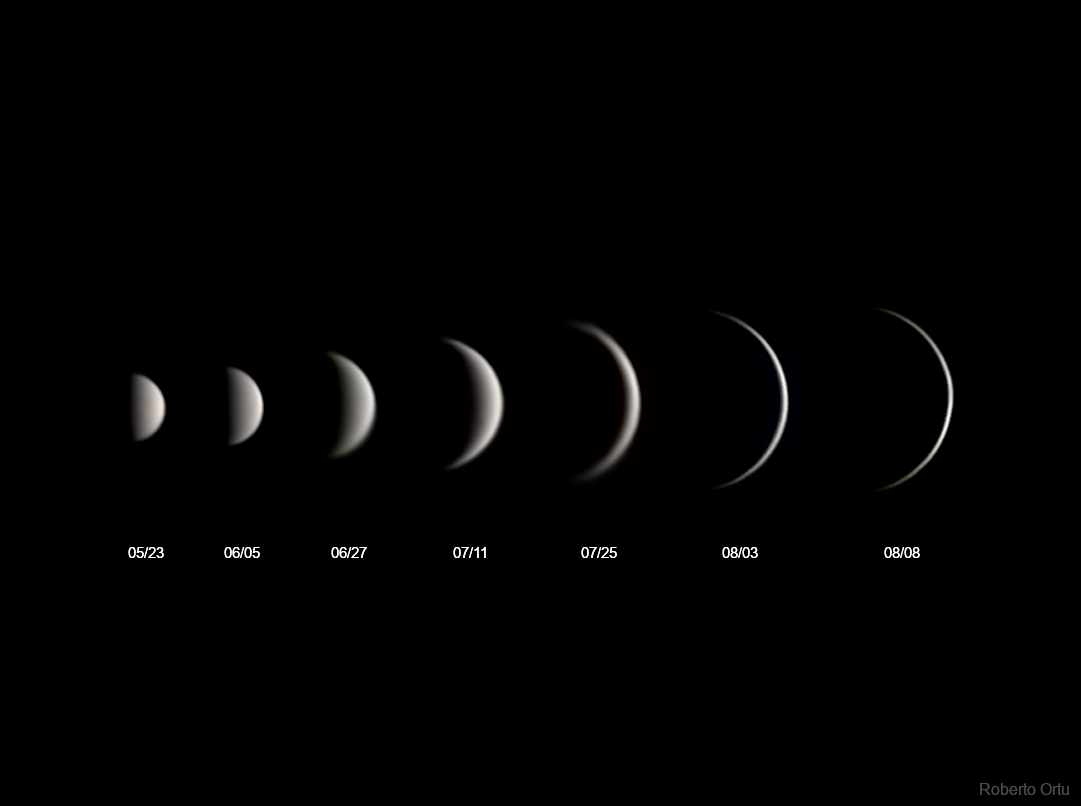Nombre total de pages vues
30/08/2023
ASTRONOMIE - Les plus beaux astres de la voie lactée - Mars
© Nasa, Wikimedia Commons, DP
VEGETAUX - Cyprès dans la brume - Cyprès chauve - Texas - USA

ASTRONOMY - Full Moons of August
2023 August 30
Image Credit & Copyright: Gianni Tumino
Explanation: Near perigee, the closest point in its almost moonthly orbit, a Full Moon rose as the Sun set on August 1. Its brighter than average lunar disk was captured in this dramatic moonrise sequence over dense cloud banks along the eastern horizon from Ragusa, Sicily. Illuminating night skies around planet Earth it was the second supermoon of 2023. Yet again near perigee, the third supermoon of 2023 will also shine on an August night. Rising as the Sun sets tonight this second Full Moon in August will be known to some as a Blue Moon, even though scattered sunlight gives the lunar disk a reddened hue. Defined as the second full moon in a calendar month, blue moons occur only once every 2 or 3 years. That's because lunar phases take 29.5 days, almost a calendar month, to go through a complete cycle. Tonight an August Blue Moon will find itself beside bright planet Saturn.
29/08/2023
ASTRONOMY - Unusual Spiral Galaxy M66 from Webb
2023 August 29
Image Credit: NASA, ESA, CSA, JWST; Processing: Brian Tomlinson
Explanation: Why isn't spiral galaxy M66 symmetric? Usually, density waves of gas, dust, and newly formed stars circle a spiral galaxy's center and create a nearly symmetric galaxy. The differences between M66's spiral arms and the apparent displacement of its nucleus are all likely caused by previous close interactions and the tidal gravitational pulls of nearby galaxy neighbors M65 and NGC 3628. The galaxy, featured here in infrared light taken by the James Webb Space Telescope, spans about 100,000 light years, lies about 35 million light years distant, and is the largest galaxy in a group known as the Leo Triplet. Like many spiral galaxies, the long and intricate dust lanes of M66 are seen intertwined with the bright stars and intergalactic dust that follow the spiral arms.
28/08/2023
ASTRONOMY - Star Formation in the Pacman Nebula
2023 August 28
Image Credit & Copyright: Craig Stocks
Explanation: Look through the cosmic cloud cataloged as NGC 281 and you might miss the stars of open cluster IC 1590. Formed within the nebula, that cluster's young, massive stars ultimately power the pervasive nebular glow. The eye-catching shapes looming in the featured portrait of NGC 281 are sculpted dusty columns and dense Bok globules seen in silhouette, eroded by intense, energetic winds and radiation from the hot cluster stars. If they survive long enough, the dusty structures could also be sites of future star formation. Playfully called the Pacman Nebula because of its overall shape, NGC 281 is about 10,000 light-years away in the constellation Cassiopeia. This sharp composite image was made through narrow-band filters. It combines emission from the nebula's hydrogen and oxygen atoms to synthesize red, green, and blue colors. The scene spans well over 80 light-years at the estimated distance of NGC 281.
27/08/2023
ASTRONOMY - Three Galaxies and a Comet
2023 August 27
Credit & Copyright: Miloslav Druckmuller (Brno University of Technology)
Explanation: Diffuse starlight and dark nebulae along the southern Milky Way arc over the horizon and sprawl diagonally through this gorgeous nightscape. The breath-taking mosaic spans a wide 100 degrees, with the rugged terrain of the Patagonia, Argentina region in the foreground. Along with the insider's view of our own galaxy, the image features our outside perspective on two irregular satellite galaxies - the Large and Small Magellanic Clouds. The scene also captures the broad tail and bright coma of Comet McNaught, the Great Comet of 2007.
26/08/2023
AERONAUTIQUE - LES INVENTIONS QUI N'ONT JAMAIS VOLE - L'Ariel
ASTRONOMY - Crescents of Venus
2023 August 26
Image Credit & Copyright: Roberto Ortu
Explanation: Just as the Moon goes through phases, Venus' visible sunlit hemisphere waxes and wanes. This sequence of telescopic images illustrates the steady changes for Venus during its recent 2023 apparition as our evening star. Gliding along its interior orbit between Earth and Sun, Venus grows larger during that period because it is approaching planet Earth. Its crescent narrows though, as the inner planet swings closer to our line-of-sight to the Sun. Closest to the Earth-Sun line but passing about 8 degrees south of the Sun, on August 13 Venus reached its (non-judgmental) inferior conjunction. And now Venus shines above the eastern horizon in predawn skies, completing its transition to planet Earth's morning star. On August 21, NASA's Parker Solar Probe completed its sixth gravity assist flyby of Venus, using the encounter to maneuver the probe toward its closest approach yet to the Sun.
ASTRONOMY - Apollo 17 at Shorty Crater
2025 December 6 Apollo 17 at Shorty Crater Apollo 17 Crew, NASA Explanation: Fifty three years ago , in December of 1972, Apollo 17 astr...

-
2022 September 26 All the Water on Planet Earth Illustration Credit: Jack Cook, Adam Nieman, Woods Hole Oceanographic Institution ; Data ...
-
2025 May 11 The Surface of Venus from Venera 14 Image Credit: Soviet Planetary Exploration Program , Venera 14 ; Processing & Copyri...

